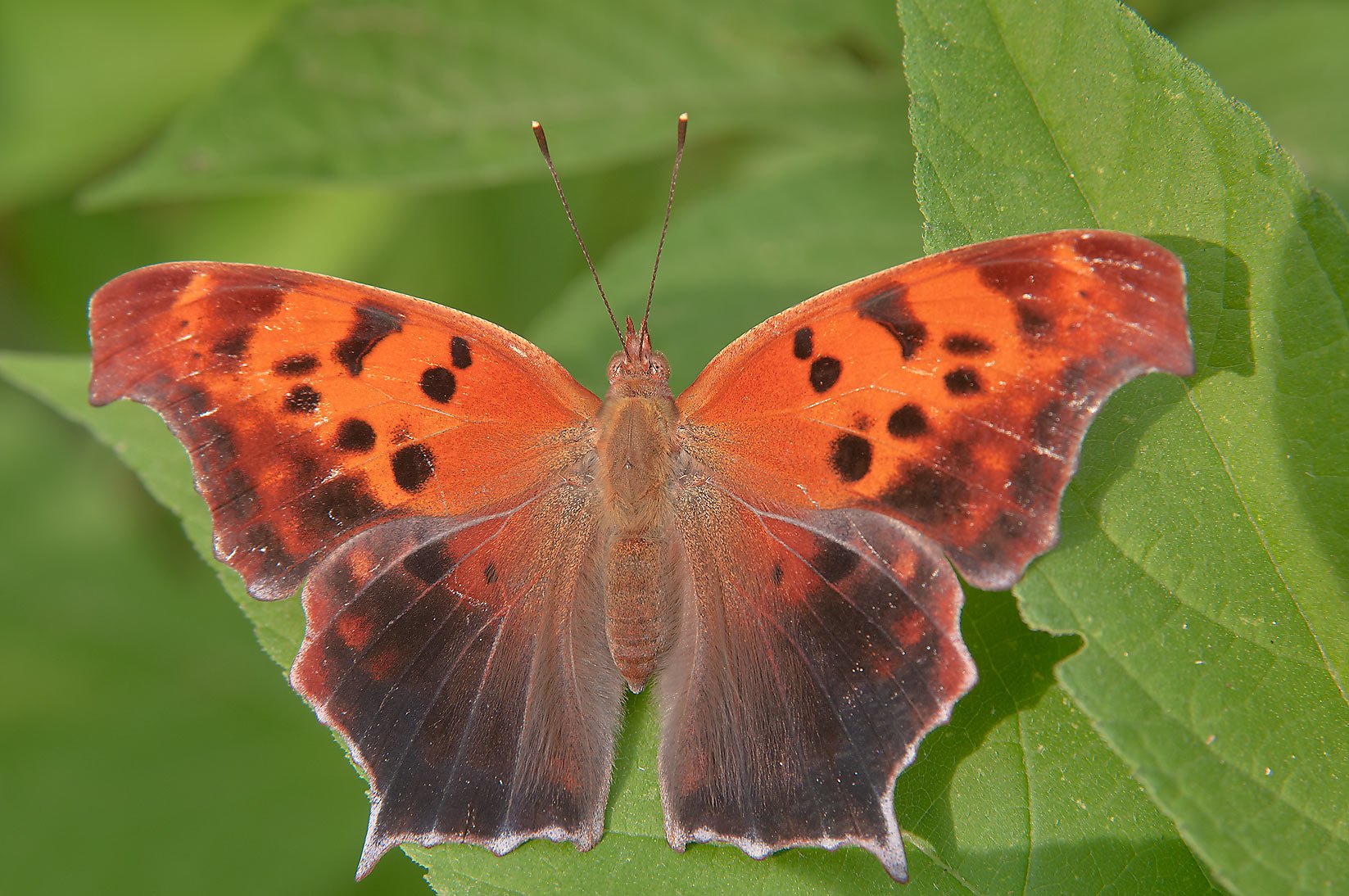Frequently Asked Questions (FAQs) – Johnny Butterflyseed Larval Host Plant Seeds
What is Johnny Butterflyseed?
Johnny Butterflyseed specializes in providing “Butterflyseeds,” which are seeds for Butterfly larval host plants, nectar plants, and shelter plants. Our core mission is to ‘Plant More Milkweed’ and rejuvenate native ecosystems ‘… one day at a time’, starting with the Lake Wales Ridge in Florida, and expanding throughout the Southern U.S., all the way to Canada and Mexico. Read more about Johnny Butterflyseed.
What are butterfly larval host plants?
Butterfly larval host plants are specific plant species that provide food and habitat for caterpillars, the larval stage of butterflies. These plants play a crucial role in the butterfly life cycle, as they serve as a food source for caterpillars and support the reproduction and survival of butterfly populations.
Why should I grow butterfly larval host plants?
Growing butterfly larval host plants in your garden can attract and support a diverse range of butterfly species. By providing food and habitat for caterpillars, you contribute to the conservation of butterflies and promote biodiversity in your surroundings. Additionally, watching the beautiful transformation from caterpillar to butterfly is a rewarding experience.
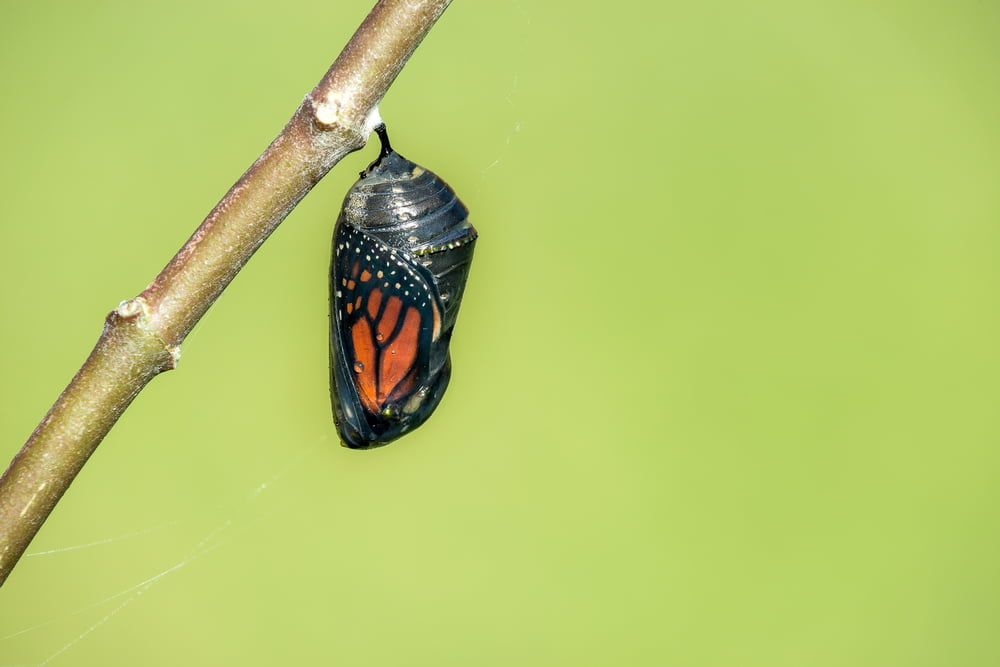
How do I choose the right butterfly larval host plants for my garden?
The choice of butterfly larval host plants depends on the butterfly species native to your region. Research the local butterfly species in your area and identify the specific host plants they require. Our website provides detailed information on the host plants suitable for various butterfly species, helping you make an informed decision. For example, Milkweed is the Larval Host Plant for Milkweed Butterflies such as the Monarch and Queen butterflies.
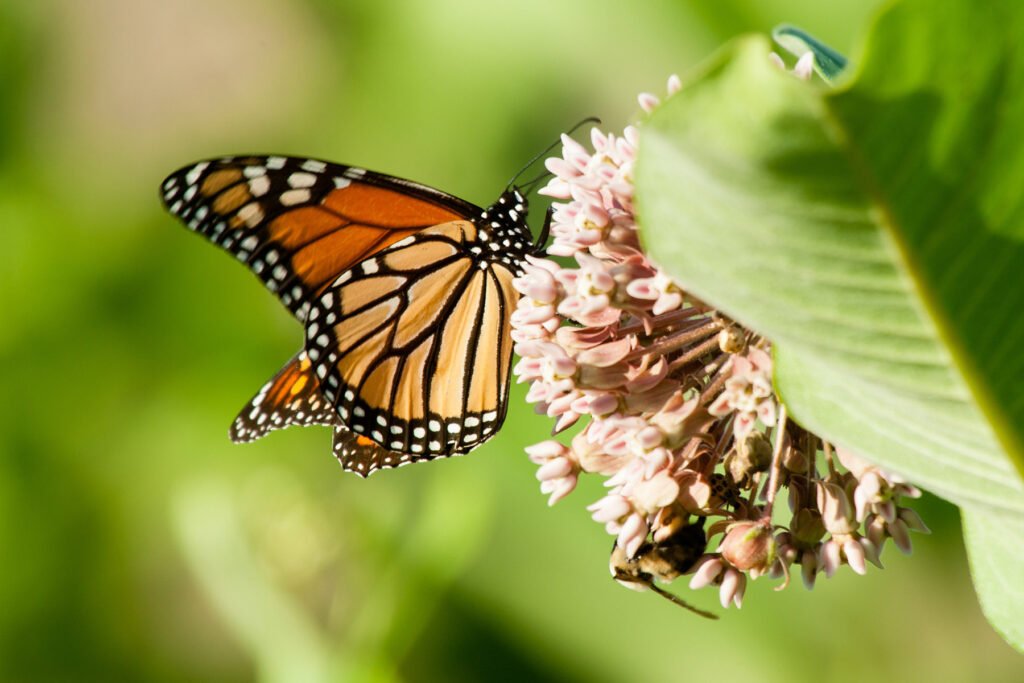
Are butterfly larval host plant seeds difficult to grow?
Butterfly larval host plant seeds can vary in their growing requirements. However, many host plant species are relatively easy to grow, especially if you follow the provided planting instructions. We offer detailed growing guides and tips for each plant species to help you achieve successful germination and growth.
How long does it take for butterfly larval host plants to grow?
The germination and growth period can vary depending on the plant species. Some seeds may sprout within a few weeks, while others may take longer. Additionally, the growth rate can be influenced by factors such as environmental conditions, soil quality, and maintenance practices. Refer to the specific plant’s growing instructions for estimated timeframes.
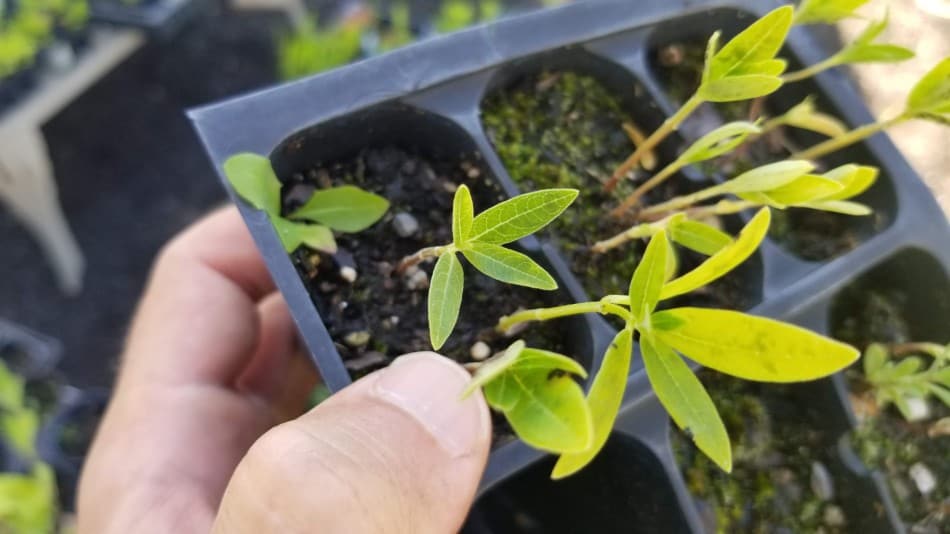
Do butterfly larval host plants require special care?
Most butterfly larval host plants have specific care requirements, such as sunlight exposure, watering needs, and soil preferences. However, they are generally low-maintenance plants. Regular watering, proper soil preparation, occasional pruning, and protection from pests are essential for their healthy growth. Our growing guides provide detailed care instructions for each plant species.
Can I grow butterfly larval host plants in containers or pots?
Yes, many butterfly larval host plants can be successfully grown in containers or pots. Ensure that the container is of appropriate size, provides good drainage, and use quality potting soil. Some larger host plant species may require larger containers or are better suited for planting directly in the ground.
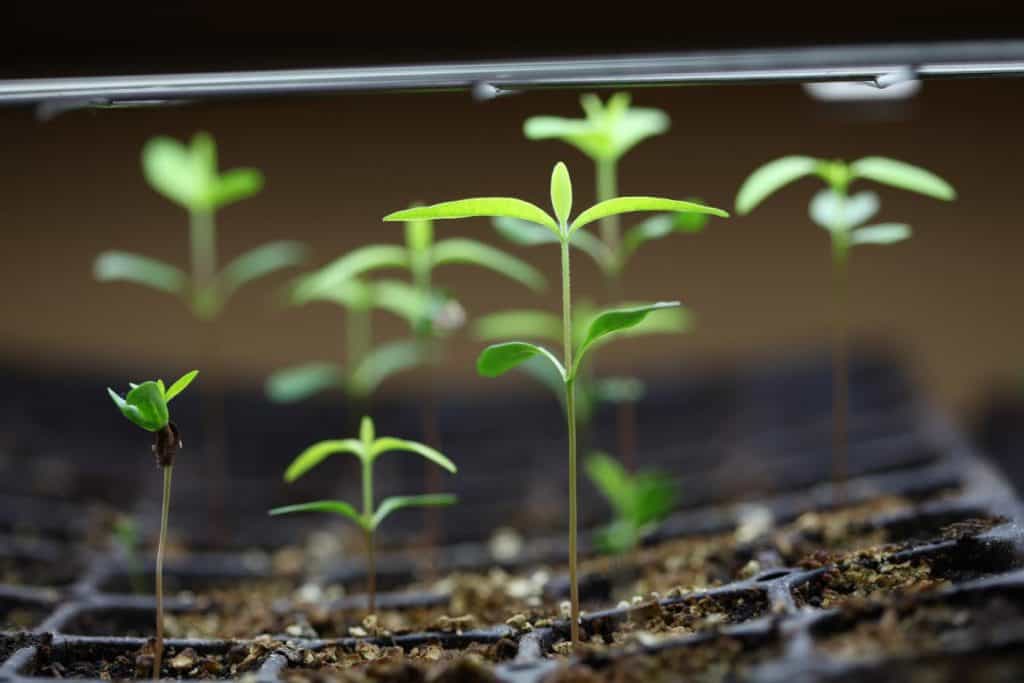
Do butterfly larval host plants attract other insects?
Butterfly larval host plants can attract a variety of insects, including butterflies, bees, and other beneficial pollinators. This can enhance the biodiversity of your garden and contribute to a thriving ecosystem. While some insects may feed on the leaves, it is part of the natural cycle and generally doesn’t cause significant damage. Of course, if bugs eat all your plants, don’t blame the bugs; you probably need a lot more plants. You can count on a single plant being consumed entirely. That’s why Johnny says, “Plant More Milkweed!”
How do I Germinate Johnny Butterflyseed Milkweed Seeds?
We have several articles on germinating specific species, and are always adding more:
- General Milkweed
- Dill
- Milkweed Germination Protocol
- Orange Butterflyweed
- Sandhill Milkweed
- Skyblue Lupine
- Swamp Milkweed
- Sweet-Scented Pigeonwings
Also, try the Search function within the Johnny Butterflyseed website menu. Try searching for ‘germinat’ to include both “germinate” and “germination” in the search results.
Why Are Some of Your Seed Packs Labeled ‘Hard/Dormant: 100%’?
Per Florida Department of Agriculture statues, our flower seeds must be labeled with percentage of seeds germinated in testing, or tge percentage of “Hard/Dormant seeds“.
In cases of rare or endangered seeds, we label them “100% Dormant” because we cannot part with enough of the precious seeds for a proper germination trial. This does not mean they cannot germinate, it simply means we don’t have bulk seeds available to give you an idea of the percentage that should germinate. As an example, a Scrub Plum (Prunus geniculata) drupe has a 1 in 20,000 chance of germination and survival in the wild. In the case of rare milkweed, the seeds act like standard Milkweed seeds, and start with nearly 100% germination success, which will slowly drop to 0% over the course of many months, and even years with proper storage.
Do you offer guarantees on the germination of butterfly larval host plant seeds?
We strive to provide high-quality seeds, and our packaging and storage practices ensure good seed viability. However, germination rates can be influenced by various factors beyond our control, such as environmental conditions and individual gardening practices. While we cannot guarantee germination, we are always available to assist you and address any concerns you may have.
What is the butterfly in the FAQ Featured Image?
The Question Mark butterfly is named after the distinctive silver or white marking on the underside of its hindwings, which resembles a question mark or a stylized “C.” This marking is more prominent when the butterfly’s wings are closed. The upper side of its wings typically features orange and brown colors, providing excellent camouflage in natural environments.
Attracting Question Mark butterflies can be achieved by providing suitable nectar plants in your garden, such as butterfly bushes, asters, and milkweed. Additionally, if Hackberry trees are present in your area, they may serve as larval host plants for the caterpillars.
Can you set us up with a Tax Exempt status?
We believe that the taxes collected contribute positively to the state and the overall health of free enterprise. Therefore, we do not offer or facilitate tax exemption status for our customers. Our commitment is to support a fair and thriving marketplace where all participants contribute to the collective resources that benefit the community. For specific tax exemption needs, we recommend consulting a tax professional.
Do you accept returns?
Unopened seed packs and books may be returned within 14 days of purchase to:
Johnny Butterflyseed
2000 Cheney Highway Suite 260
Titusville, FL 32780-6028
Used books will receive a partial refund, based on amount of wear and tear upon shipment.
How can I contact your customer support team for further assistance?
Please see our Contact page at https://www.johnnybutterflyseed.com/contact. We look forward to hearing from you!

